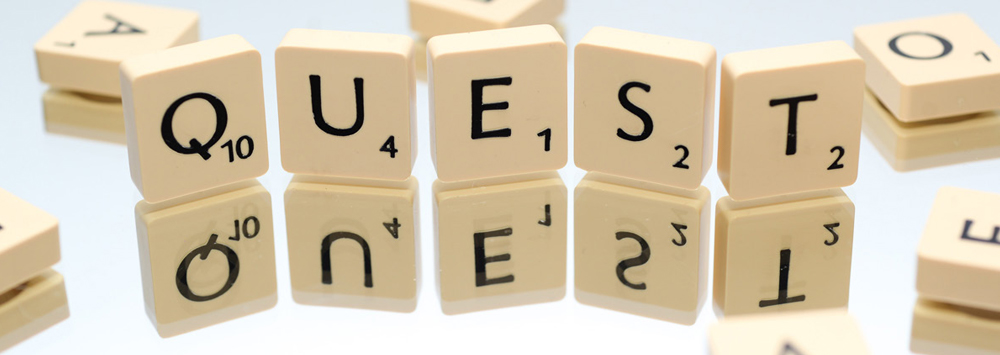Benefits
Games can be compelling, exciting, engaging and can encourage learners to attempt difficult tasks (Begg et al 2005). Learning plays a role in good game design, such as the embodiment of principles which trigger cognitive responses desirable for learning (Gee 2003, 2004). Correlations can be found between elements of games, such as player agency, self-reflection and problem-solving (Barr 2019) and both active and experiential learning (de Freitas 2018), thus posing opportunities for game elements to be incorporated in education.
Putting it into practice
It is worth considering what can be learned from games and easily applied to teaching. Some things might include:
- Problem-solving activities
- Backstories, or a narrative flow
- Tasks, which have feedback, which can incite intrinsic motivation
- Use of roles and role play in tasks
- Decision framework which can be impacted on or controlled by the learner
- Most importantly, opportunities to take risks and encounter failure in a safe environment
A good starting place is to think about the types of games that you enjoy. Is there a specific element that you think could be beneficial in your teaching? If so how could this translate? Is there a way to include students in this decision making? Maybe they can have the opportunity to develop something for teaching themselves? Remember, elements of games often mirror what we consider active or experiential learning, so feel free to borrow game features you have experienced yourself and re-purpose them.
A real key to effectively using games in teaching is simplicity. Don’t put too much pressure on yourself to perfect a new game, or to perfectly replicate something you’ve played before. Just be inspired and start small. The playfulness of games is what makes them so valuable for learning.
What can games be used for?
Uses in the classroom include: icebreaker activities, group working tasks, problem-based exercises, simulation and formative assessment, to name a few.
An Escape Room can make a good formative assessment tool. Escape Rooms usually require players to solve tasks to break out of the ‘room’, generally within a time limit. Students work together to solve problems relating to what they have been learning.
This follows what Begg et al (2005) assert, in that established educational practice (in this case formative assessment), adopts game elements and is informed by game play experience, enabling teachers to retain the importance of the learning, whilst introducing beneficial elements of games.
Top tips for getting started
There is no rule specifying how much of a game you must include. Over time and with experience you will find the flow and may feel more adventurous about trying new things, but there’s nothing wrong with starting small. Some of the most effective games work this way.
- Start with an idea, or an inspiration (why not borrow ideas from things you enjoy?)
- Keep it simple; the best ideas are easily explained
- Check back to ensure it makes sense; if you have a friend to talk through what you’re planning, even better
- Ask yourself what is the purpose? Why am I doing it?
- Reflect and assess whether you think you are meeting the purpose
- Try not to get too bogged down in the detail - remember, keep it simple!
- Don’t be afraid to ask your students or others in your team to help you to plan, trial, or play - using games in education is a great opportunity to try something new
- Finally, enjoy it! Using games in teaching can be good fun for both you and the students involved
Challenges
It is important to be mindful of the implicit assumption that those students who are interested in playing games in their spare time will want to play games to learn or in the classroom (Whitton 2010), but these are often considered separate pursuits. This makes it even more important to retain the educational aspect of the activity, so as not to focus too heavily or get distracted by the game.
Be mindful when utilising elements of games that they may not be as exciting for others as they are for you. Personally, competition is something I struggle with and I am much more interested in adventure or group activities that do not require points or scores. Keep in mind that people have different preferences when it comes to games and try not to focus too heavily on one.
References
Barr, M. (2019). Graduate skills and game-based learning: using video games for employability in higher education. Palgrave Macmillan.
Begg, M., Dewhurst, D., & Macleod, H. (2005). Game-informed learning: Applying computer game processes to higher education. Innovate: Journal of Online Education, 1(6).
De Freitas, S. (2018). Are games effective learning tools? A review of educational games. Journal of Educational Technology & Society, 21(2), 74-84.
Gee, J. P. (2004). Learning by design: Games as learning machines. Interactive educational multimedia: IEM, 15-23.
Gee, J. P. (2003). What video games have to teach us about learning and literacy. New York, NY: Palgrave Macmillan.
Whitton, N. (2009). Learning with digital games: A practical guide to engaging students in higher education. Routledge.
Help and Feedback
Can you help us improve this resource or suggest a future one? Do you need this resource in an alternative format? Please contact us at cie@liverpool.ac.uk

Using Games in Teaching by Rachelle O'Brien is licensed under a Creative Commons Attribution-NonCommercial 4.0 International License.
